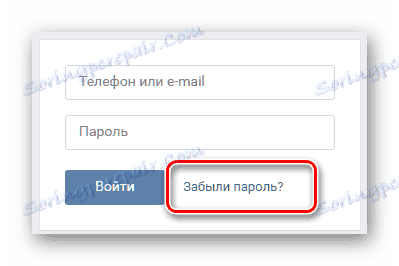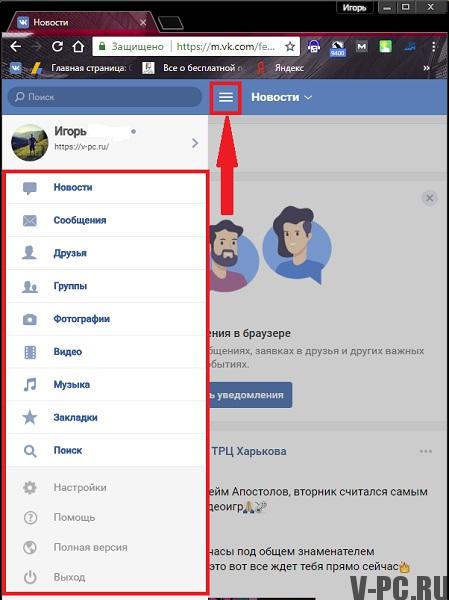
Using the built-in engine the hackers will look for specific strings that will allow them to harvest data that can reveal the identity of the victims and a complete hardware profile of their computers. Whichever the case in almost all similar infections of the first malicious actions that are undertaken is the information gathering one. In most cases it will follow a prescribed behavior pattern or it will engage certain modules depending on local conditions. The VK virus can take various forms depending on the exact type which is contacted by the victims. In certain situations the hackers can also use browser hijackers that will deliver the required scripts - they are uploaded to the relevant repositories of the popular web browsers using fake user reviews and developer credentials. It is used to spread both legitimate and pirate content.

They are designed to pose as legitimate messages that have been sent in by the social network.


The users can also receive the links via various phishing campaigns - the most common sources are the email messages and fake redirects portals. These fake sites will also include security certificates that are either self-signed or stolen. These pages are usually hosted on domain names that sound very similar to the real one. Usually the most popular versions are malicious pages that copy the down the content of the social network. In fact the virus files are in no way affiliated with it, they merely take advantage of the fact that the site is used by many users around the world an they will download and interact with almost every piece of software or site that may appear as part of the network.īased on this the hackers will be able to push the VK Virus samples via different methods.

The VK Virus is a family of web-based threats and executable files which all seek to coerce the victims into thinking that they have accessed a file or site that is affiliated with the popular VK (VKontakte) social network.


 0 kommentar(er)
0 kommentar(er)
